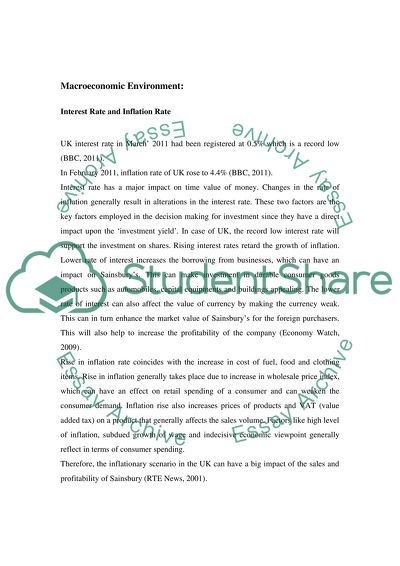Cite this document
(“Sainsbury's analysis and valuation Essay Example | Topics and Well Written Essays - 3000 words”, n.d.)
Retrieved from https://studentshare.org/geography/1419521-sainsbury-s-analysis-and-valuation
Retrieved from https://studentshare.org/geography/1419521-sainsbury-s-analysis-and-valuation
(Sainsbury'S Analysis and Valuation Essay Example | Topics and Well Written Essays - 3000 Words)
https://studentshare.org/geography/1419521-sainsbury-s-analysis-and-valuation.
https://studentshare.org/geography/1419521-sainsbury-s-analysis-and-valuation.
“Sainsbury'S Analysis and Valuation Essay Example | Topics and Well Written Essays - 3000 Words”, n.d. https://studentshare.org/geography/1419521-sainsbury-s-analysis-and-valuation.


